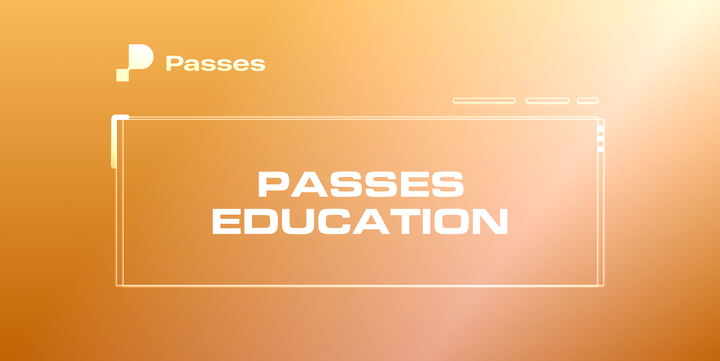7 Proven Tips on How to Monetize Pinterest
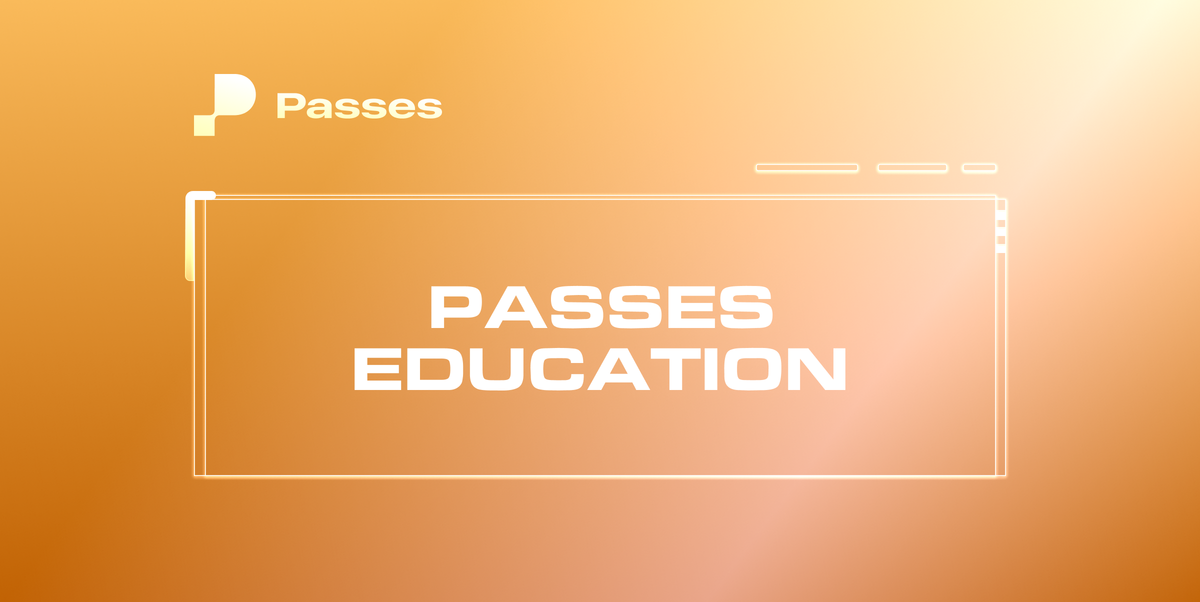
In 2025, Pinterest has become a profitable income platform for creators who know how to use it right. Whether you're a blogger, coach, artist, or eCommerce seller, Pinterest provides long-term visibility and high-intent traffic, a combination that’s ideal for building income streams.
We've spent hours digging into what’s actually working on Pinterest right now, not just theories, but real strategies creators are using to turn pins into paychecks. From subtle affiliate placements to full-on digital product sales, Pinterest is proving to be more than just a visual search engine. If you're ready to move beyond views and start earning, this is where things get interesting.
7 Effective Strategies to Monetize Pinterest
These 7 Pinterest monetization strategies work across creator niches, from artists and bloggers to coaches and eCommerce brands. Each one leverages Pinterest’s search-driven traffic and sustained content performance to increase revenue, clicks, and visibility.
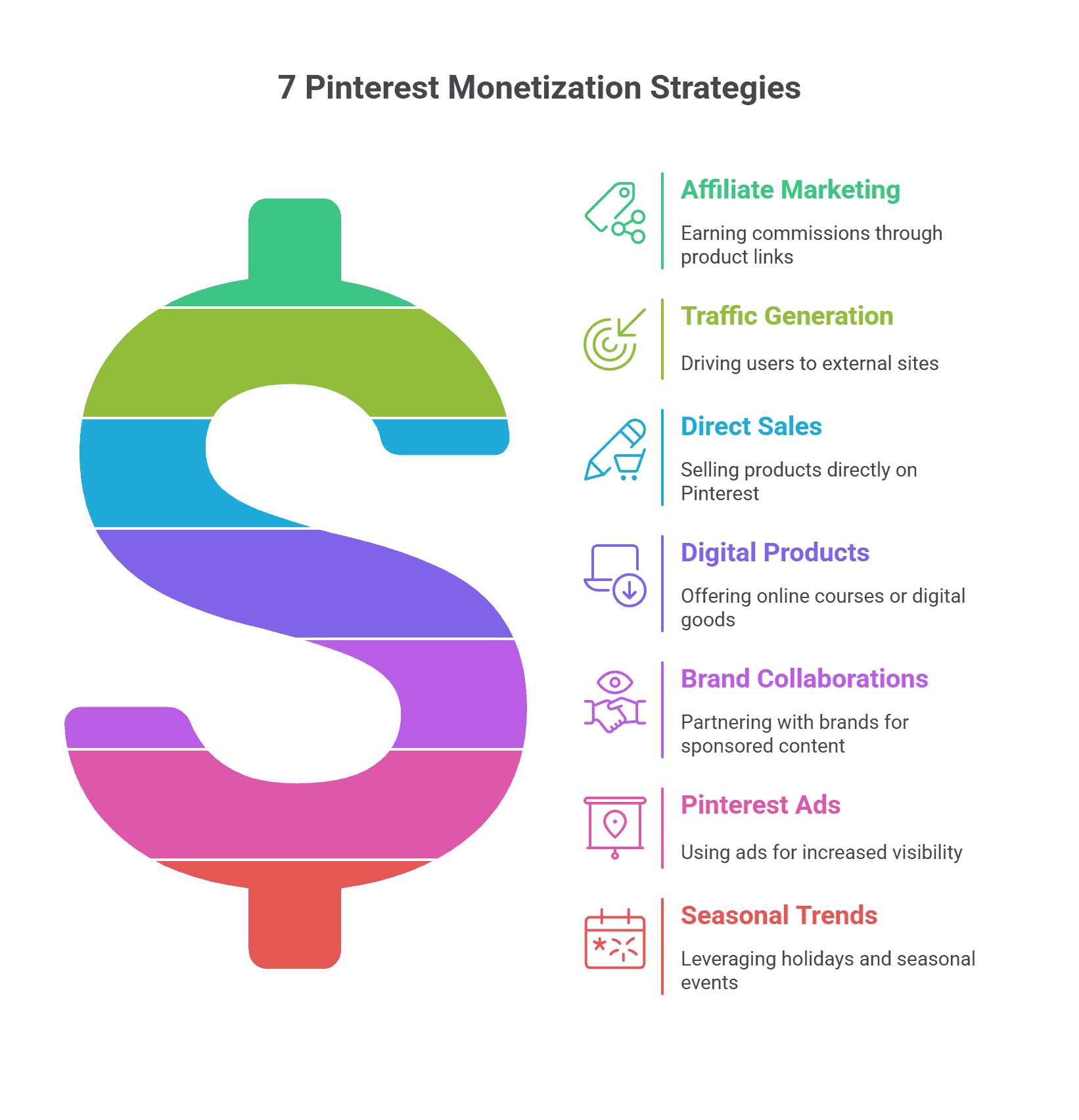
1. Affiliate Marketing through Pins
Pinterest is a goldmine for affiliate marketing if you do it right. You can embed affiliate links directly into your pins or lead users to a blog post or landing page that contains your affiliate recommendations. The key is to be transparent and valuable. Always disclose your affiliate relationship (e.g., using “#affiliate” in the pin description) and focus on pins that genuinely help users solve a problem or discover something useful.
Avoid spammy visuals or keyword stuffing, as Pinterest’s algorithm can flag low-quality content. Instead, use clean, branded designs with helpful descriptions and relevant hashtags. To track your results, use affiliate platforms with analytics dashboards or tools like UTM codes and Pinterest’s own analytics to see what’s driving clicks and conversions. When done with intention, affiliate pins can generate passive income while building trust with your audience.
2. Driving Traffic to Your Blog or Website
Pinterest is one of the best platforms for driving long-term, consistent traffic to your blog or website, especially when you know how to create pins that people actually want to click. It’s all about crafting scroll-stopping visuals with clear headlines and strong calls to action that tease the value waiting on the other side.
Once they click, lead them to a well-designed blog post, opt-in page, or lead magnet that delivers on the promise of the pin. Whether you’re sharing how-to guides, listicles, free checklists, or email courses, this traffic can fuel your funnel, grow your list, and ultimately lead to sales, without relying on ads or constantly posting.
3. Selling Products Directly via Pinterest Shopping
If you’re selling physical or digital products, Pinterest Shopping can be a powerful sales channel. By integrating your Shopify or WooCommerce store, you can enable Product Pins, rich, clickable pins that display real-time pricing, availability, and direct links to purchase.
This setup turns your Pinterest profile into a visual storefront. Whether you're selling fitness gear, custom merch, planners, or presets, your products can show up in relevant searches and shopping feeds, ready to convert high-intent browsers into buyers. It’s one of the easiest ways to meet your audience where they’re already looking for inspiration, and turn that interest into income.
4. Offering Online Courses or Digital Products
Pinterest works brilliantly for creators in educational or info-based niches like fitness coaches, DIY experts, finance educators, or wellness mentors. By designing eye-catching pins that lead to a landing page, you can guide curious scrollers into your sales funnel without feeling salesy.
Here’s how it works: someone clicks your pin, lands on your freebie or resource page (like a checklist or mini-guide), and from there, they’re invited to check out your full course, eBook, or paid subscription. This visual-to-value journey builds trust and increases conversions, especially when your content genuinely helps solve a problem. It's a seamless way to turn your knowledge into income, one scroll at a time.
5. Collaborating with Brands for Sponsored Content
Pinterest isn’t just a content platform, it’s a business pitch in action. Brands are actively looking for creators who can turn visual storytelling into product awareness, and that’s where you come in. If you have a strong Pinterest presence, you can pitch brands by showing how your pins reach a high-intent audience and drive long-term traffic, not just quick likes.
Start by researching brands that align with your niche, then send a personalized pitch highlighting your Pinterest strategy, audience insights, and past engagement. Show them example pins, explain your content style, and outline how you’ll incorporate their product naturally into your visuals. Once the campaign goes live, use Pinterest Analytics and link tracking tools to measure impressions, saves, clicks, and conversions. The better your results, the easier it is to land repeat deals and bigger collaborations down the line.
6. Utilizing Pinterest Ads for Increased Visibility
If you’re ready to scale your reach, Pinterest Ads can give your content the boost it needs. With Promoted Pins, you can put your best-performing content in front of more eyes—perfect for creators launching a product, promoting a lead magnet, or driving traffic to a course or store.
Start small with a budget-friendly boost and target users based on interests, keywords, demographics, or even specific behaviors like “actively planning to buy.” Test different visuals and headlines (A/B testing) to see what resonates most. Pinterest Ads are especially powerful because they continue to perform even after your campaign ends, thanks to the platform’s evergreen nature. Track your results with Pinterest Analytics and ad metrics to make sure your ROI stays on point while growing your visibility faster than organic reach alone.
7. Leveraging Seasonal Trends and Holidays
Pinterest users are planners. They start searching for holiday ideas, seasonal decor, gift guides, and event inspiration weeks (sometimes months) in advance. That’s your cue to get ahead of the curve. Whether it’s Christmas workouts, New Year goal-setting templates, or back-to-school lunch plans, aligning your content with seasonal search spikes can significantly boost your visibility.
Use the Pinterest Trends Tool to spot what your audience is searching for throughout the year. Then, create and schedule pins that match those topics before the trend peaks. Seasonal content not only gets higher engagement but also has a better chance of getting saved and shared, which keeps your pins circulating long after the season ends.
What is Pinterest Monetization?
Pinterest monetization refers to earning a measurable income by utilizing pins to drive traffic, promote affiliate links, sell physical or digital products, or secure brand deals. This monetization works best when supported by consistent content, a solid strategy, and a properly set-up business account.
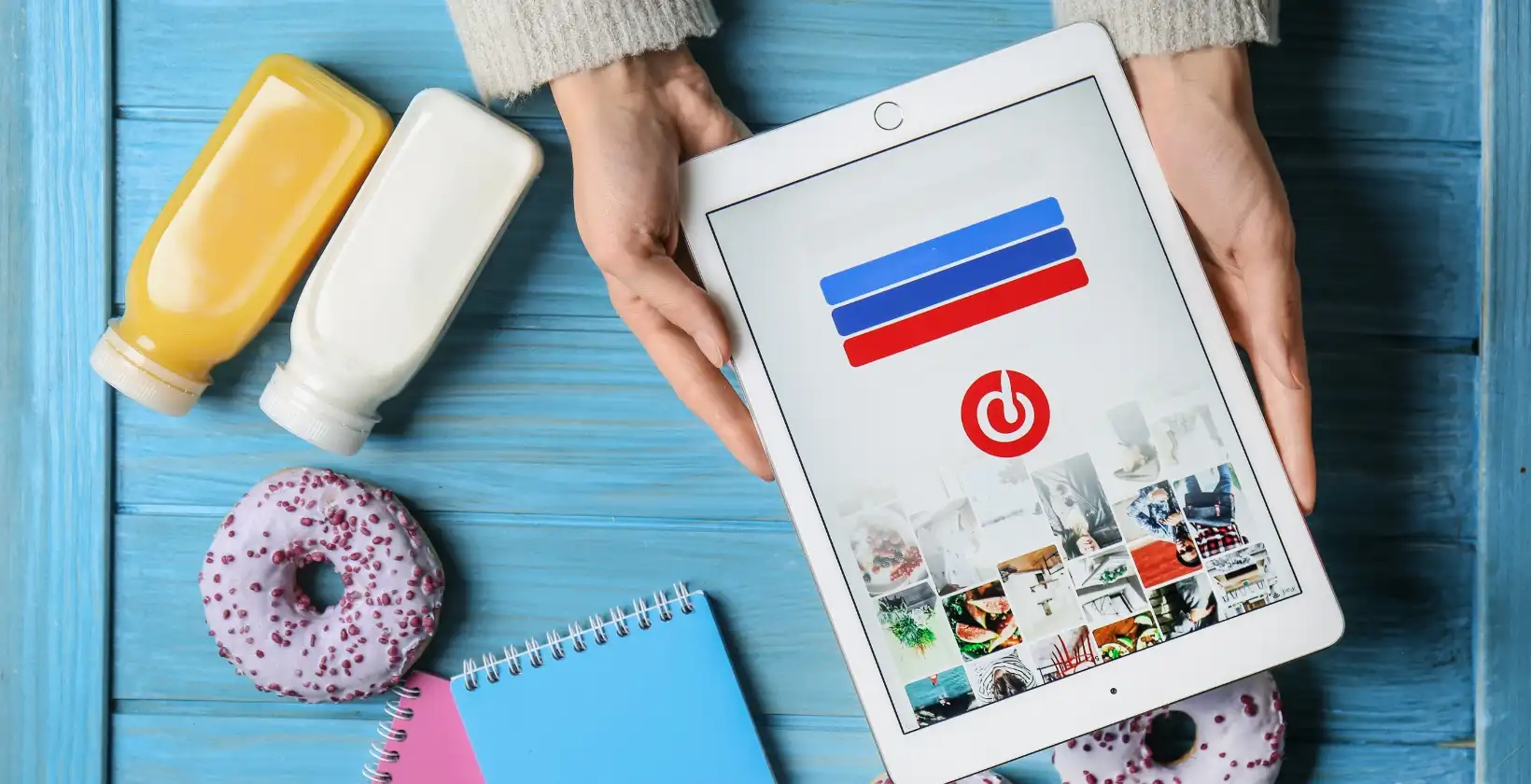
How Pinterest Generates Income Opportunities
Pinterest functions like a visual search engine, attracting users who are actively looking to plan, learn, or buy, often in niches like DIY, wellness, and lifestyle. This high-intent behavior turns each pin into a traffic driver, product showcase, or affiliate sales tool. With the right Pinterest content strategy, creators can generate consistent revenue from long-lasting audience engagement.
Types of Pinterest Monetization for Creators
Creators can earn income on Pinterest through 4 main monetization formats:
- Affiliate Marketing Pinterest: Add affiliate links to your pins and earn commission when users buy the linked products.
- Product Pins: Sell physical or digital products directly by connecting your store (e.g., Shopify or WooCommerce).
- Lead Funnels: Send traffic from Pinterest to blogs, landing pages, or email opt-ins to convert visitors into leads and customers.
- Brand Partnerships on Pinterest: Work with brands to create sponsored pins or paid content that fits your niche and audience.
Why Pinterest is a Valuable Platform for Creators?
Pinterest is a valuable platform for creators because it attracts a buyer-ready audience actively searching for ideas, products, and services. Unlike short-form content, pins remain searchable for months or even years, offering sustained visibility and recurring traffic.
This long-term reach helps creators promote digital products, coaching services, or blogs with consistent performance. With high-intent discovery and minimal competition, Pinterest offers creators a unique space to grow predictable income.
Eligibility Requirements to Monetize on Pinterest
To monetize Pinterest effectively, your account must meet these 5 key requirements:
- Pinterest Business Account Setup: Switch to a business profile to access analytics, ad tools, and monetization options.
- Domain Verification: Claim your website to enable rich pins and build trust with Pinterest’s algorithm.
- Pinterest Community Guidelines: Your content must be safe-for-work, honest, and respectful, essential for affiliate links and brand partnerships.
- Content Quality: Post high-quality, keyword-optimized pins aligned with search intent and trending topics.
- Regional Access: Some monetization tools, like Product Pin, are only available in select countries. Check availability in your region before launching.
How to Set Up a Pinterest Business Account
To monetize on Pinterest, you need more than just great pins, you need the right foundation. That means switching to a business account, aligning with platform policies, and ensuring your content is relevant and optimized for Pinterest’s audience.
Setting Up Your Pinterest Business Account
To unlock full Pinterest monetization features, follow these three essential setup steps:
- Switch to a Business Account: Open your Pinterest account settings and convert to a business profile to access analytics, ad tools, and product tagging.
- Claim Your Website: Verify your domain to enable Rich Pins, improve brand trust, and track outbound traffic.
- Enable Analytics and Rich Pins: Turn on Pinterest Analytics to monitor pin performance, audience behavior, and engagement trends.
Following Pinterest's Monetization Guidelines
To keep your Pinterest account monetization-compliant, follow these 3 rules:
- Avoid Misleading Content: Pins must accurately reflect what they link to. Misleading claims, bait headlines, or fake scarcity can lead to reduced reach or suspension.
- Follow Safe-for-Work Standards: All text and imagery must be appropriate for general audiences and advertisers.
- Avoid Spammy Behavior: Do not mass-repin, buy fake engagement, or use link cloaking techniques. Pinterest actively penalizes these actions.
Understanding Pinterest's Audience and Content Fit
Pinterest’s user base is predominantly female, mobile-first, and highly niche-focused, interested in everything from wellness and home decor to productivity and fashion. To thrive, your content should be visually appealing, intentional, and keyword-rich, aligning with what your audience is actively searching for.
Tips to Maximize Your Pinterest Earnings
Maximizing Pinterest income takes more than setup, it requires consistent action, smart tools, and regular content analysis. The following tips help creators increase reach, drive traffic, and refine what performs best.
Consistent Pinning and Content Scheduling
Consistent pinning increases Pinterest visibility and long-term earnings. Use Tailwind or Pinterest’s native scheduler to post 1–5 fresh pins daily. Re-share top-performing pins weekly, including seasonal posts, affiliate content, or high-save designs to keep your profile active and discoverable.
Utilizing Pinterest Analytics
Pinterest Analytics shows which pins get viewed, saved, and clicked.
- Track impressions to measure how often your pins appear in search.
- Measure saves to identify content that resonates with users.
- Analyze clicks to uncover which pins drive the most traffic from Pinterest.
Use these insights to scale high performers and stop low-impact formats.
Engaging with Your Audience
Pinterest rewards audience interaction with higher reach and pin performance.
- Reply to comments directly on pins to show activity.
- Follow and repin from niche creators to stay relevant.
- Engage weekly to strengthen visibility and brand recall.
Profiles that interact consistently see more growth and sustained Pinterest audience engagement.
Expanding Beyond Pinterest: Diversify Your Income Streams
Relying only on Pinterest increases your income risk. To protect and grow revenue, creators must adopt multi-platform strategies. Repurposing Pinterest content on Instagram, YouTube, or email ensures broader reach, platform independence, and long-term earning potential.
Importance of Multi-Platform Presence
Publishing content across Instagram, YouTube, and email protects income from Pinterest algorithm changes. Each platform supports unique engagement: Instagram for visuals, YouTube for deep trust, and email for direct access. Together, they build a stable, multi-platform creator monetization system beyond Pinterest.
Exploring Other Social Media Channels
Repurpose your top Pinterest pins as Reels, TikToks, or Instagram posts to increase reach and save time. This cross-promotion boosts visibility, attracts new audiences, and supports your multi-platform creator strategy. Pinterest visuals translate well into vertical formats for video-first platforms.
Unlock New Monetization Avenues with Passes
Passes helps creators turn Pinterest engagement into predictable income streams. Once you build an audience, Passes provides low-fee subscriptions, content paywalls, and audience segmentation tools to monetize traffic with control and flexibility.
Comprehensive Monetization Tools for Pinterest Creators
Passes equips Pinterest creators with essential monetization tools for recurring revenue beyond the platform:
- Subscription Content Lockers: Deliver exclusive downloads, behind-the-scenes videos, or bonus materials through low-fee paywalls.
- Audience Segmentation: Build personalized offers or tiers based on user behavior and engagement patterns.
- Integrated CRM Tools: Track audience actions, manage relationships, and optimize your funnel using detailed analytics.
Advanced Tools to Boost Your Monetization Strategy
Passes offers advanced features to expand your monetization strategy using data and personalization.
- In-Depth Analytics: Monitor trends, performance, and real-time audience behavior to guide decisions.
- Offer Customization: Personalize subscriptions and bundles like bonus content or tiered access based on fan preferences.
- Creator-First Dashboard: Manage everything in one intuitive hub, no tech experience required.
Personalized Support Tailored for Pinterest Creators
Passes gives Pinterest creators direct access to personalized coaching, strategy planning, and onboarding support. Our Creator Success team helps you launch faster, set monetization goals, and troubleshoot performance, so you never have to build alone.
Nilofer Rehman's Story
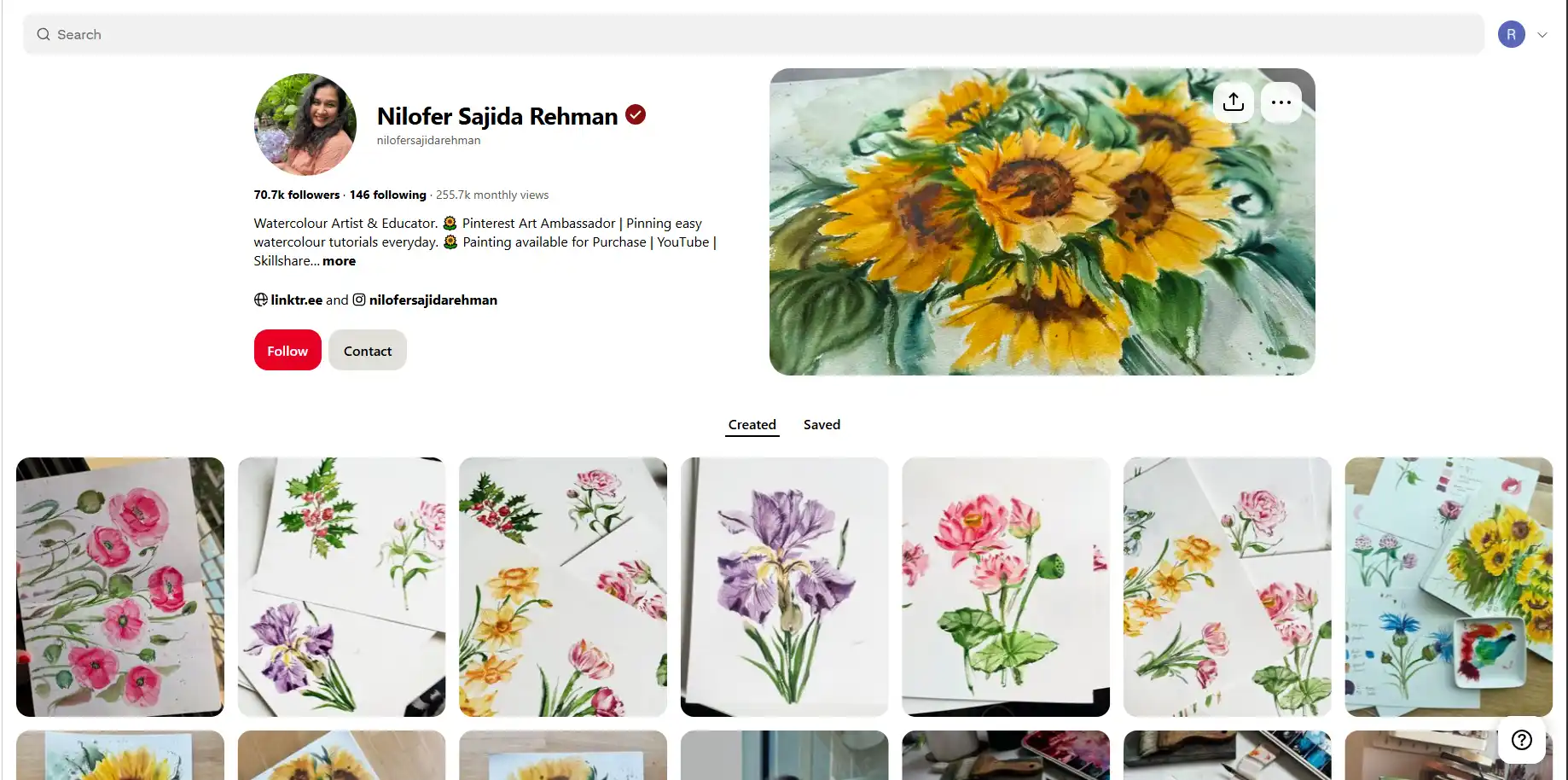
Nilofer Rehman started with a few handmade decor items and grew into a global brand using Pinterest. You can read her success story to see how she did it.
Frequently Asked Questions (FAQs)
How Do I Get Started with Pinterest Monetization?
First, switch to a Pinterest Business Account. Then claim your website to enable rich pins and start publishing high-quality, keyword-optimized content. Focus on driving traffic to monetized pages like blogs, products, or subscription offers.
What Are the Best Affiliate Programs for Pinterest?
The best affiliate programs for Pinterest include Amazon Associates, ShareASale, Rakuten, LTK, and niche-specific networks like ClickBank.
Can I Monetize Personal Pins, or Do I Need a Business Account?
You need a Pinterest Business Account to unlock analytics, promote pins, and use affiliate links properly.
How Long Does It Take to Make Money from Pinterest?
Most creators see early results within 30–90 days of consistent pinning. Success depends on your content strategy, niche, and traffic sources. Track what works and refine your pins to grow faster.
Why Pinterest Is Just the Beginning for Smart Creators
Pinterest gives creators traffic, but sustainable income comes from owning audience relationships. Use Pinterest to build momentum, then convert that traffic into email subscribers, paying members, or loyal fans.
With Passes, you access monetization tools like CRM tracking, subscriptions, and audience segmentation, giving you full control over your creator business.
